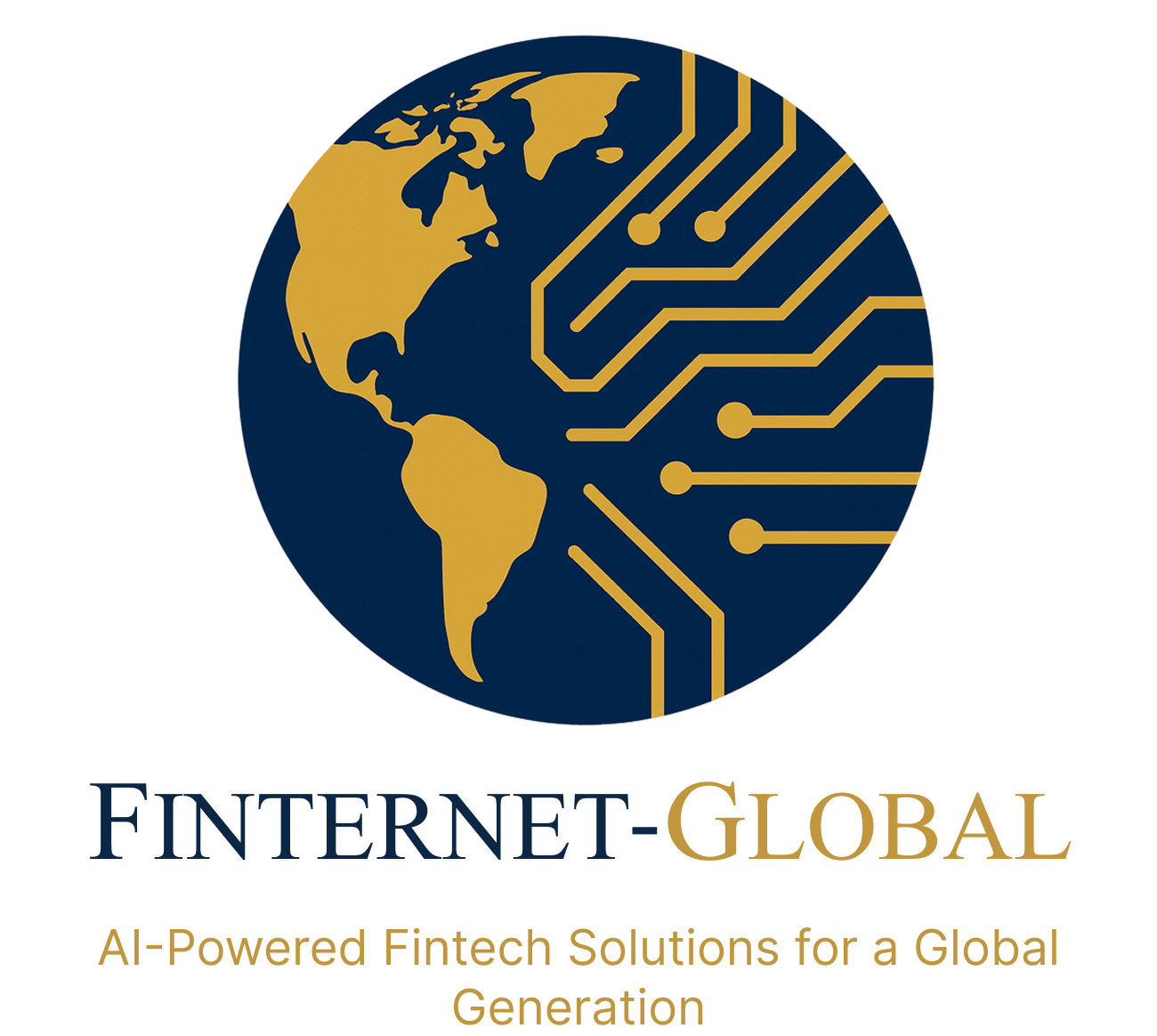Southeast Asia’s AI-Powered Credit Revolution Overview
Over 650 million people live in Southeast Asia, however almost 70% of them lack or have inadequate access to banking services. A significant section of the population is excluded from the financial system by traditional lending practices, which include lengthy waiting periods, stringent credit checks, and paper-heavy applications. At the same time, digital payments and smartphone penetration are growing rapidly throughout the region.

-
Service:
Consulting





